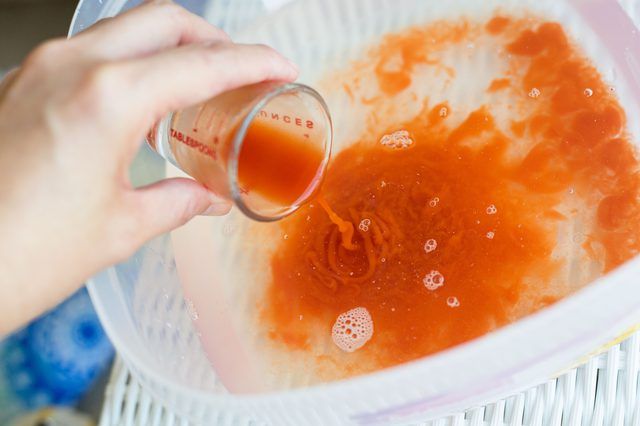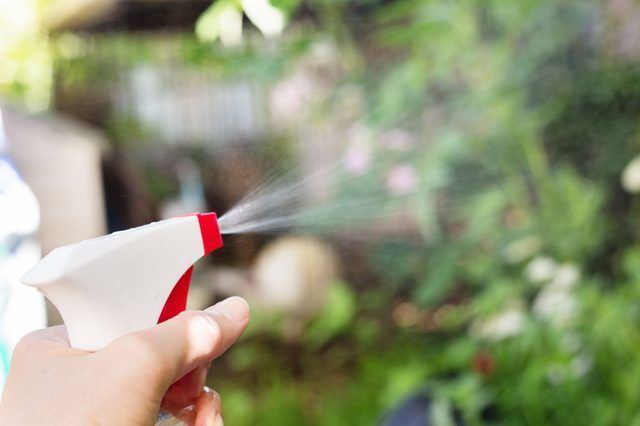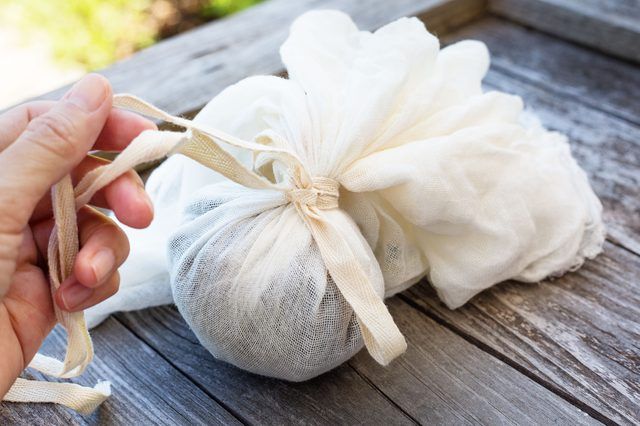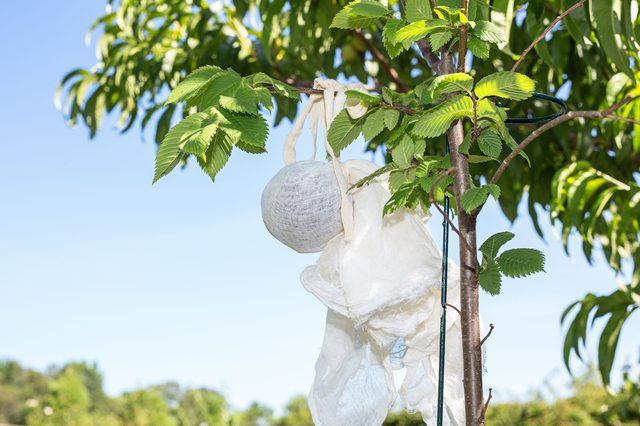Bulbs
Flower Basics
Flower Beds & Specialty Gardens
Flower Garden
Garden Furniture
Garden Gnomes
Garden Seeds
Garden Sheds
Garden Statues
Garden Tools & Supplies
Gardening Basics
Green & Organic
Groundcovers & Vines
Growing Annuals
Growing Basil
Growing Beans
Growing Berries
Growing Blueberries
Growing Cactus
Growing Corn
Growing Cotton
Growing Edibles
Growing Flowers
Growing Garlic
Growing Grapes
Growing Grass
Growing Herbs
Growing Jasmine
Growing Mint
Growing Mushrooms
Orchids
Growing Peanuts
Growing Perennials
Growing Plants
Growing Rosemary
Growing Roses
Growing Strawberries
Growing Sunflowers
Growing Thyme
Growing Tomatoes
Growing Tulips
Growing Vegetables
Herb Basics
Herb Garden
Indoor Growing
Landscaping Basics
Landscaping Patios
Landscaping Plants
Landscaping Shrubs
Landscaping Trees
Landscaping Walks & Pathways
Lawn Basics
Lawn Maintenance
Lawn Mowers
Lawn Ornaments
Lawn Planting
Lawn Tools
Outdoor Growing
Overall Landscape Planning
Pests, Weeds & Problems
Plant Basics
Rock Garden
Rose Garden
Shrubs
Soil
Specialty Gardens
Trees
Vegetable Garden
Yard Maintenance
How to Make Homemade Squirrel Repellent
How to Make Homemade Squirrel Repellent. Commercial squirrel repellents depend on scents and flavors repugnant to the pests. You can create your own homemade repellent using a similar method from nontoxic items in the home. Repellents do not prevent all squirrel problems, and some individual squirrels may still brave the area to feast on your...
Commercial squirrel repellents depend on scents and flavors repugnant to the pests. You can create your own homemade repellent using a similar method from nontoxic items in the home. Repellents do not prevent all squirrel problems, and some individual squirrels may still brave the area to feast on your flowers or chase off the birds from your feeder. Using the repellent with other tactics, such as exclusion and plant protections, can help minimize the squirrels in your yard.

Things You'll Need
Dish soap
Pepper sauce
Large container
Spray bottle
Hair
Cheesecloth
String
Step 1
Combine 1 teaspoon mild dish soap, one 5-ounce bottle of hot pepper sauce and 1 gallon of water in a large storage container. Stir the ingredients together until they are fully combined.

Step 2
Pour the mixture into a spray bottle that hasn't previously held any harmful chemicals. Label the spray bottle with the contents.

Step 3
Spray a thin layer of the pepper repellent on plants, bird feeders or in other areas where squirrels are a nuisance. Test the spray first to ensure it doesn't damage the plant or leave stains on outdoor surfaces. Reapply the spray every two or three days or after heavy rainfall.

Step 1
Collect human hair or pet hair from your dog or cat, which carries the scent of these natural squirrel predators and may help repel them. Save the hair from haircuts or pet grooming until you collect enough hair to fill several bags.

Step 2
Cut an 8- to 10-inch square from a piece of cheesecloth. Place a handful of hair in the center of the cheesecloth and gather up the edges of the cloth to enclose the hair. Tie a string around the gathered cloth to hold it closed, leaving a loop for hanging.

Step 3
Hang the bags around garden beds, on fence posts or near bird feeders. Alternatively, set the bags on top the ground in areas where squirrels are digging. Replace the bags periodically as their effectiveness wanes.
